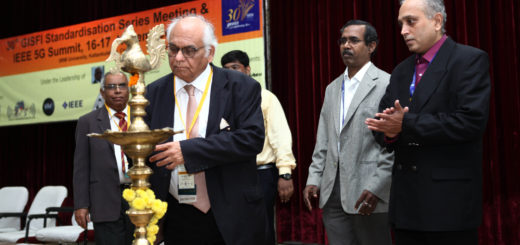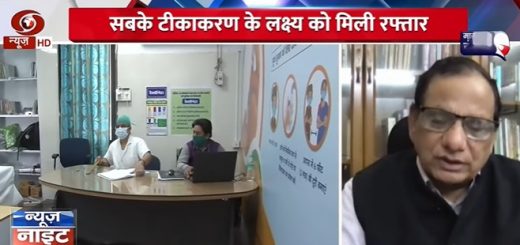“INDIA” A country of variety food
By- Ankita P. Doshi, Meghna Khanna, Pritha Banerjee, INN/Chennai, New Delhi, Kolkata, @infodeaofficial;
Indian cuisine by itself is unique and diverse like its lands. There are wide varieties of cooking styles and cuisines are prepared with fresh ingredients mixed with dried spices and varies from one household to the next.
South Indian food is considered the most exotic cuisine and unique in its own way. We may eat western foods like pizzas, burgers, sandwiches, etc which tastes yummy and mouth-watering but at the end of the day eating, ‘home made Rasam’ is heaven, isn’t it?
Let’s talk about the South Indian cuisines. South Indian cuisines go well with a saying called “Prevention is better than Cure”. South Indian dishes have never been about taste. Taste is just a bi-factor. It is all about the health benefits it offers. Apart from Rasam, Idly, Raagi, filter coffee, Curd Rice are among the light and healthy foods in nature that they get digested easily and so are the most advisable dishes for patients suffering from fever or other illness.
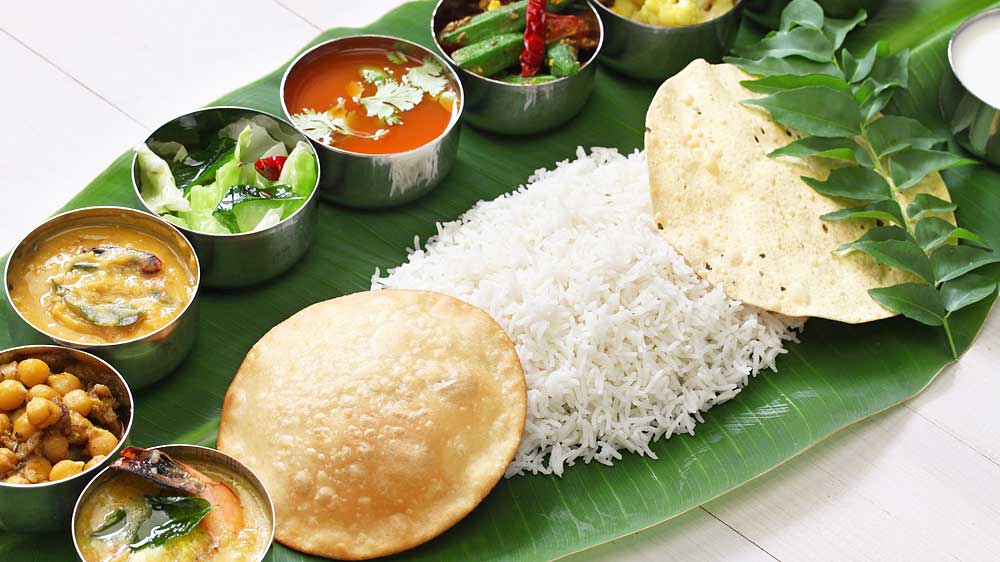 By and large, South Indian cuisines are perhaps the hottest of all Indian food. It is simpler in nature, does not have any ghee floating over the dishes or any fancy appearance for that matter. They are meant to sooth people’s taste buds just by its simplicity. And when it comes to spice, semi-dry gravies of Chicken, Mutton and sumptuous Biryani particularly of Hyderabad deserves special mention.
By and large, South Indian cuisines are perhaps the hottest of all Indian food. It is simpler in nature, does not have any ghee floating over the dishes or any fancy appearance for that matter. They are meant to sooth people’s taste buds just by its simplicity. And when it comes to spice, semi-dry gravies of Chicken, Mutton and sumptuous Biryani particularly of Hyderabad deserves special mention.
Being hot and humid and most of its states coastal, Rice is the staple food of South India and states like Tamil Nadu and Andhra Pradesh are bulk producers. As said, a food is best consumed if grown in the very same region, South Indian food centres around rice, lentils and stews, thereby providing maximum health benefits.
One of the healthiest dishes among south Indian cuisine is the ‘Uzhundhu Kazhi’. This kazhi is made out of urad dal and served with sesame oil. This oil comes from black til which gives immense strength to women during pregnancy and menstruation. It strengthens the hip and spine area that bears the most stress in a women’s body in particular. This ‘Kazhi’ also helps in cooling down girls’ body temperature during puberty when their body gets heated up a lot. Seeming like a blank paste with no taste, this dish carries lot of wise thinking and thoughts behind it with women’s health being the only consideration.
Over the years, South Indian food has constantly developed adding extra flavours to its dishes. There are lots of varieties available in a dish. From plain dosa, they have now come up with cheese dosa, onion dosa, rava dosa, masala dosa and much more. The play of spices in the South Indian dishes have always been lip smacking.
East and North India comprising of West Bengal, Sikkim, Assam, Arunachal Pradesh, Meghalaya, Manipur, Nagaland, Mizoram, Tripura and Orissa home to some of the gigantic and pious rivers like the Ganges and the Bramhaputra acts as the lifeline both in terms of livelihood and food. Assam, Meghalaya, Manipur, Nagaland, Tripura, Arunachal Pradesh and Mizoram collectively called the ‘Seven Sisters’ cover the North Eastern part of India bordering Nepal and China. With the unique play of spices, the hills of North-East which includes Nagaland, Arunachal Pradesh, Mizoram, Meghalaya and Sikkim are unique in terms of preparation of its cuisines which is simple, steamed and use of cooking oil is very limited.
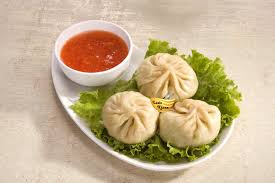
While steamed rice, noodles and momos are not unique to rest of the country, these have become popular in the rest of the country due to migration and cultural exchange.
Manipuri cuisines are simple, relishing, organic and healthy. Manipuri recipes are prepared using chili pepper not garam masalas. They also avoid oil. The staple food of the state includes rice, fish and leafy vegetables. Manipuris add various herbs and roots to their recipe that makes the taste differ from other Indian cuisines.
Rice is the staple food of Assam, West Bengal and Odisha. Steamed Rice is prepared in different ways with the inclusion of green leafy vegetables and fresh water or river fish.
 Pick a street and a market in Kolkata and you can hear customers bargaining for hilsa, bapta, rohu and other varieties of fish. The feel of the local cuisine starts from here and it’s the very soul of life in West Bengal particularly Kolkata. If you have a sweet tooth, Kolkata is your dream land as sweets are a very big deal and the region is renowned for its desserts. Favorites include Sandesh (made of paneer and sugar) and Rasgolla (dumplings in syrup), as well as creamy rice pudding (kheer). They are lighter and less dense than other Indian desserts.
Pick a street and a market in Kolkata and you can hear customers bargaining for hilsa, bapta, rohu and other varieties of fish. The feel of the local cuisine starts from here and it’s the very soul of life in West Bengal particularly Kolkata. If you have a sweet tooth, Kolkata is your dream land as sweets are a very big deal and the region is renowned for its desserts. Favorites include Sandesh (made of paneer and sugar) and Rasgolla (dumplings in syrup), as well as creamy rice pudding (kheer). They are lighter and less dense than other Indian desserts.
Odisha has its distinct culture and part of its population is vegetarian. However, a significant proportion of people relish the native river fish and much like Assam and West Bengal savour steam rice, lentils and green vegetables.
Unlike South where all the states share majorly the same kind of food, the western region of India has different cuisines for the states of Rajasthan, Gujarat, Maharashtra, and Goa. Rajasthan and Gujarat have hot, dry climates, the comparatively smaller variety of vegetables available are preserved as pickles and chutneys.
Being culturally Hindu and vegetarian, the food in a majority of the western part is vegetarian but a part of it in Maharashtra and Goa are coastal region. So, the food varies accordingly. With no dearth of peanuts and coconut as the food ingredients, Western India has Goa with its lush green coastline and an abundance of fresh fish and seafood.Following the map, the food and spices vary from Rajasthan to the small part of the country known as Goa.
The Rajasthani food is spicy and largely vegetarian while Gujarat’s cuisines are known for its slight sweet touch and also is 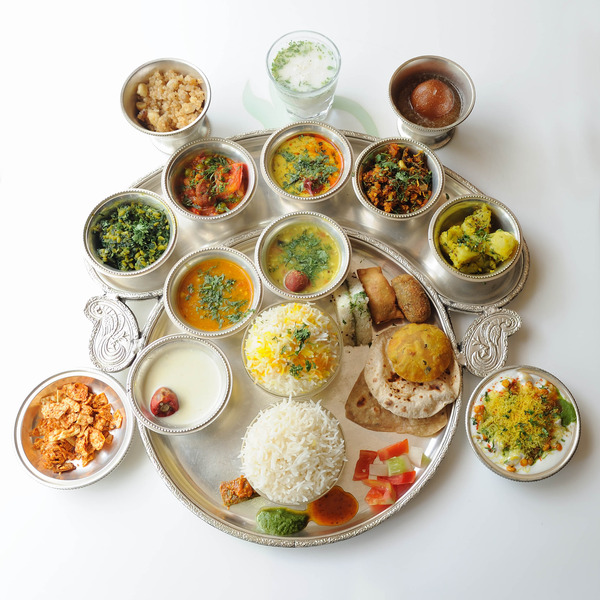 traditionally entirely vegetarian. The Maharashtrian food varies in taste, color, style etc. maybe because it is the coastal region and how can we forget the taste of beach food in Goan food which is rich and strongly flavored by coconut, red chilies, and vinegar.
traditionally entirely vegetarian. The Maharashtrian food varies in taste, color, style etc. maybe because it is the coastal region and how can we forget the taste of beach food in Goan food which is rich and strongly flavored by coconut, red chilies, and vinegar.
North India has extreme climate with sweltering summers and chilling winters. From Jammu & Kashmir, Himachal Pradesh, Punjab, Haryana to Uttarakhand, Uttar Pradesh, Bihar, Jharkhand, Chattisgarh, and Madhya Pradesh has strong Central Asian influences in its culture and food. There is an abundance of fresh seasonal fruit and vegetable. Mughlai and Kashmiri styles of cooking are not just prevalent and very popular. The cuisines vary from thick, moderately spicy and creamy gravies garnished with dried fruits and nuts in everyday foods. Dairy products like milk, cream, cottage cheese, ghee (clarified butter) and yoghurt are very common in the cooking of both savory and sweet dishes. Other famous dishes are Mutter Paneer, Biryani, Pulaos, Daal Makhani, Dahi Gosht, Butter Chicken, Chicken Tikka, Fish Amritsari, Samosas, Chaat, and Motichoor Laddoo.


